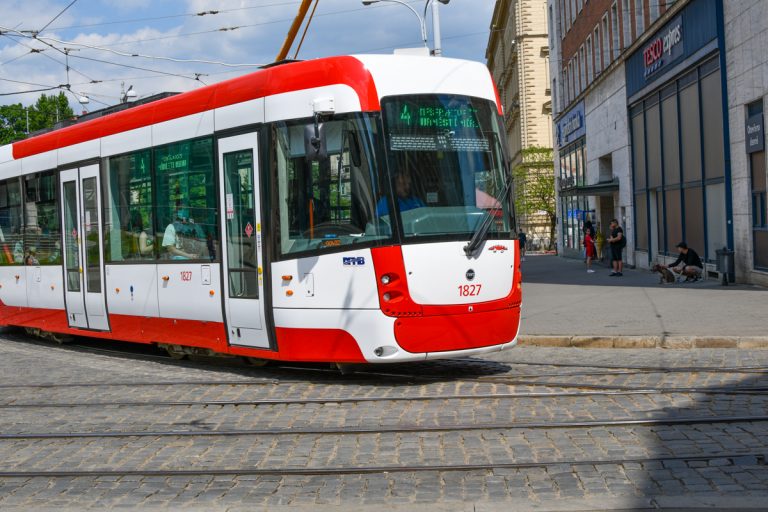As part of a joint initiative, the Brno Transport Company (DPMB) and Masaryk University (MUNI) have created a detailed list of measures to remove barriers to public transport for people with sensory disabilities. DPMB plans to make adjustments to its vehicles in stages to address the issues identified.
“We always take disabled passengers into consideration when implementing all transport projects and investments,” said Miloš Havránek, General Director of DPMB and 1st Vice-Chair of the Czech Association of Transport Companies. “That is why we were thrilled to collaborate with the Masaryk University team, who identified problematic situations for blind and deaf passengers. Together, we have selected 12 barriers that we can eliminate this year. We will then focus on the rest in the coming years. We want to share our experience with other carriers through the Association of Transport Companies. What has been created over the past year is unique, and we hope that it will make travelling easier for the deaf and blind, not only in Brno but in other cities too”.
“We created the database by conducting interviews with nearly 40 people who have visual and hearing disabilities,” explained project leader Robert Osman, a social geographer at MUNI. “We also interviewed representatives of DPMB, including members of the management and leadership team, as well as 20 drivers. Out of 178 suggestions, we eliminated almost 50 due to feasibility issues. We then looked for possible solutions together with the respondents for the remaining suggestions.”
The 12 measures considered feasible for implementation this year include:
· At 15 stops (30 platforms) where passengers exit directly onto the road, including Hybešova, Skácelova, Filkukova, and Kořískova, in-vehicle audio announcements will be updated to inform passengers of this, to improve safety for visually impaired passengers alighting.
· Scaled-down 3D models of standard tram types will be produced to help blind passengers understand the layout of the vehicles, including the location of doors, seats, and any steps.
· A loudspeaker system will be installed at fare sales counters to provide audio instructions for blind passengers, informing them that the points of sale are currently inaccessible.
· The DPMB website will be updated to ensure full accessibility for users with different types of disabilities.
· To accommodate people with hearing impairments who cannot book the Seniorbus service by phone, DPMB is exploring alternative booking options via text message, email, or a mobile application.
· Drivers will receive additional training on the specific needs of blind and deaf passengers, such as allowing more time for boarding and disembarking, and the importance of automatic door operation.
· DPMB will engage in regular consultations with organizations representing people with sensory disabilities to improve information flow and respond more effectively to user needs.
· A public awareness campaign will be developed to inform other passengers about how to support people with sensory disabilities—for example, by offering a seat, providing travel information, or assisting at stops.
· To improve the accessibility of public transport information, DPMB will test the use of Czech Sign Language for selected announcements, which will be made available online and shared with relevant organizations.
· The procedure for checking the functionality of VPN devices, which announce tram line numbers to blind users at stops, will be reviewed to ensure reliable performance.
· A similar review will be conducted for the audio systems in electronic information panels at stops, which notify visually impaired users about approaching services.
· As part of the development of a new management information system, DPMB will ensure that even service vehicles can transmit connection information to blind passengers through VPN devices
While many of the other recommendations cannot be implemented immediately, DPMB has committed to resolving the issues in the coming years and initiating negotiations with other entities.








